Automated outbound calls don’t sound like the type of contact customers love. We’ve all had the experience of being disturbed by a phone call, only to have an automated message try to sell us a product.
But not all automated outbound services are like this. When done right, these calls can improve CX and increase efficiency at your business.
All you need is the right automated outbound calling solution.
These tools do everything from creating call lists to placing the call and assigning them to agents. And this happens without anyone lifting a finger.
This article will look at all you need to know about these essential contact center tools.
(Want more articles like this in your inbox? Click here to get our fortnightly CX newsletter.)
What is an automated outbound calling solution?
Automated outbound calling solutions let call centers place outbound calls without manual input.
The best solutions come with several features, including the ability to:
- Generate dynamic call lists using multiple sources
- Prioritize and place calls without agent input
- Route calls to the agents best placed to help
- Include contextual customer data alongside calls
This functionality enables outbound calling processes that help with sales and improve CEX.
Two good examples of this are virtual queuing and automated sales call generation.
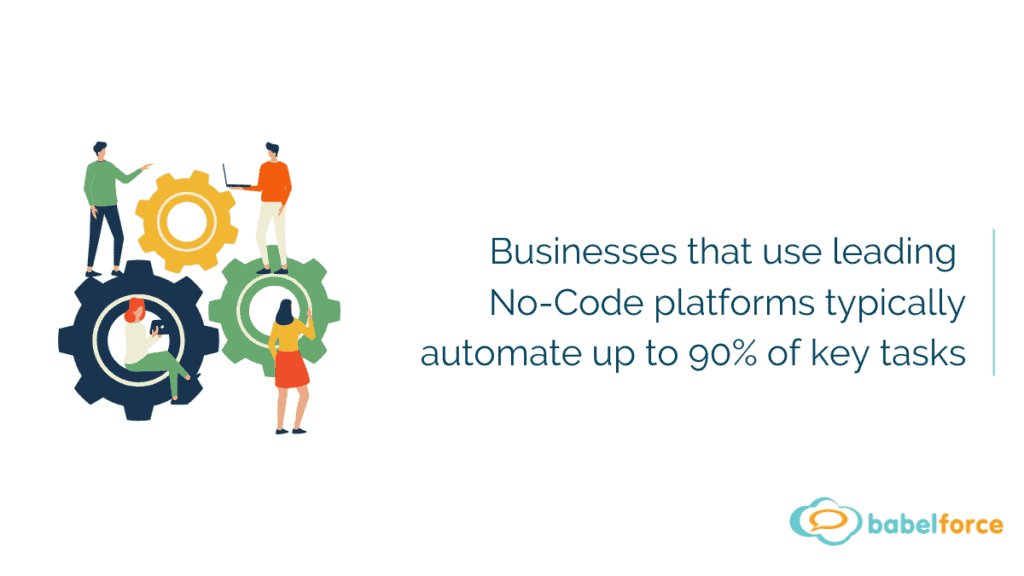
Virtual queuing
Virtual queuing is a process that reduces the time customers spend on hold. When someone calls at a busy time, they can choose to hang up and receive a call when an agent is free.
This all happens within your IVR, without the customer speaking to anyone. The request then gets added to your dynamic call list, and you make the call at a later time.
This could be when you have low inbound call volume or at a time decided by the customer.
Virtual queuing is useful because it helps you manage call volume at busy times. And it improves the customer experience because people don’t have long waits on hold.
Automated sales calls
Another form of automated outbound call is sales call generation. The way this works is that when someone requests a callback via a form on your website, the call is automatically added to a dynamic list.
The call can either go out at the time specified by the lead, or you can add it to the list of sale calls so it goes out as soon as possible.
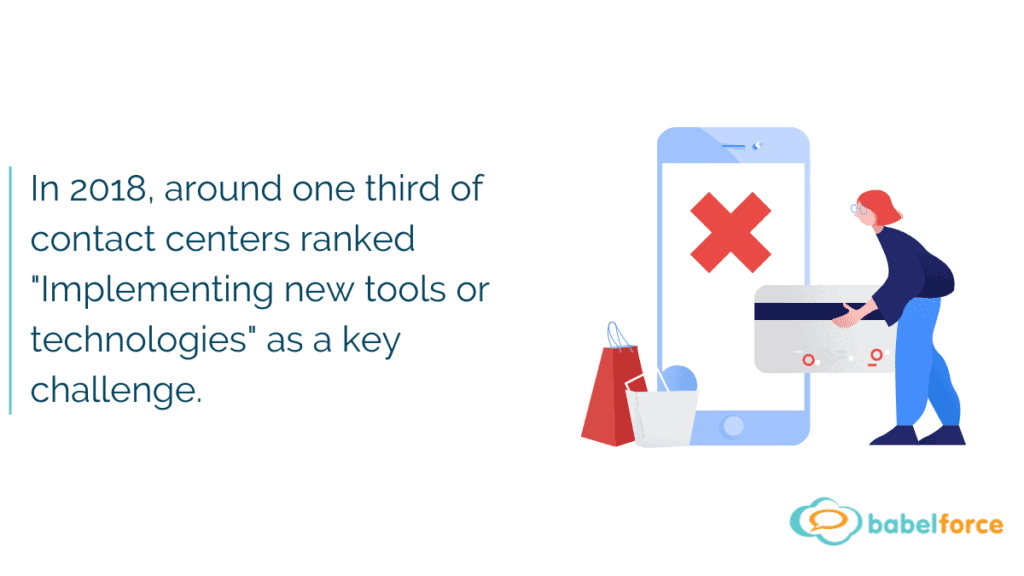
What benefits do these solutions offer?
Automated outbound calling solutions offer several benefits. The exact ones you get will depend on how you use the tool.
Three of the most compelling benefits are improved CX, more sales, and higher efficiency.

#1 Improved customer experience
It’s easy to use automated outbound calling to improve the customer experience.
As well as virtual queuing, another example of this include:
- Allowing customers to schedule calls for times they are free.
- Setting up calls to go out proactively when your system spots problems with a customer’s account.
#2 More sales
It is well established that responding to leads quickly can result in more sales.
Automated outbound calling helps you respond fast by adding call-back requests to your queue. You’ll respond to these requests faster and reduce your chances of missing opportunities.
But that’s not the only way that automated outbound can improve sales.
You can also:
- Can automate retention calls to go out when an existing customer is nearing their contract expiry date.
- Make calls to check up on customers after they report a negative experience, potentially reducing the chance of churn.
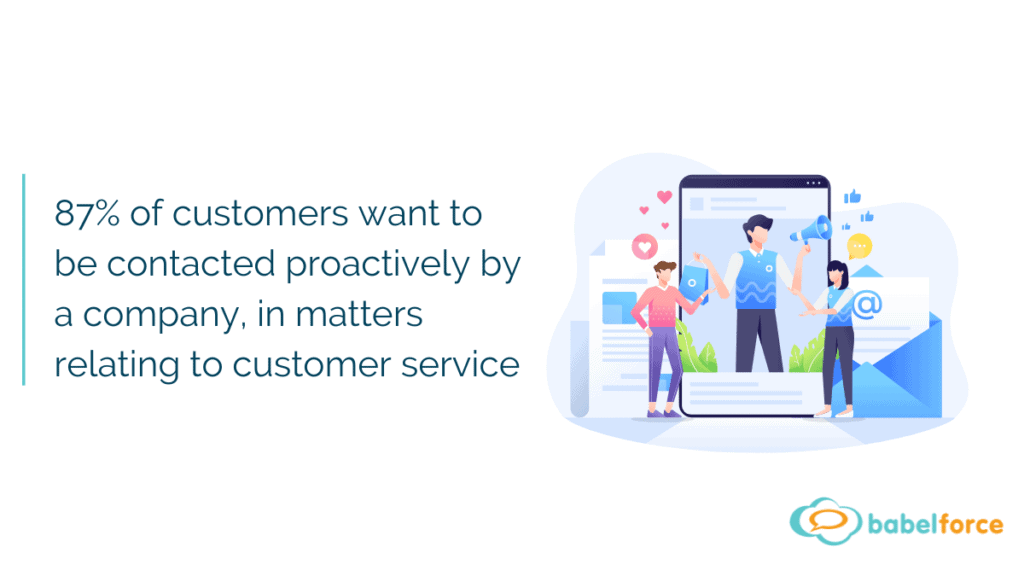
#3 More efficient processes
Like other types of call center automation, automated outbound makes your business more efficient by removing manual work.
Automating call list compilation is a good example. With a system in place, you no longer need to create call lists manually.
Not only are lists created without any agent input, but you also remove the chance of human error missing a call.
You can also use automation to save time. Your team no longer needs to place calls manually, which can result in big time savings if you have many agents making multiple calls per day.
You can also route essential customer data alongside the call, so agents don’t have to spend time searching for it.
What features should businesses look for?
The best automated outbound calling solutions do a lot more than simply placing calls.
When choosing a tool, look out for features like:
Automated call list compilation
Look for tools that can automatically create call lists. The software should be able to take call data from multiple sources and automatically prioritize calls based on rules you create.
For example, sales calls are typically higher value than customer service calls, so you might want the former to go out first.
With the right system in place, you can prioritize calls scheduled from online forms or those going to high-value customers.
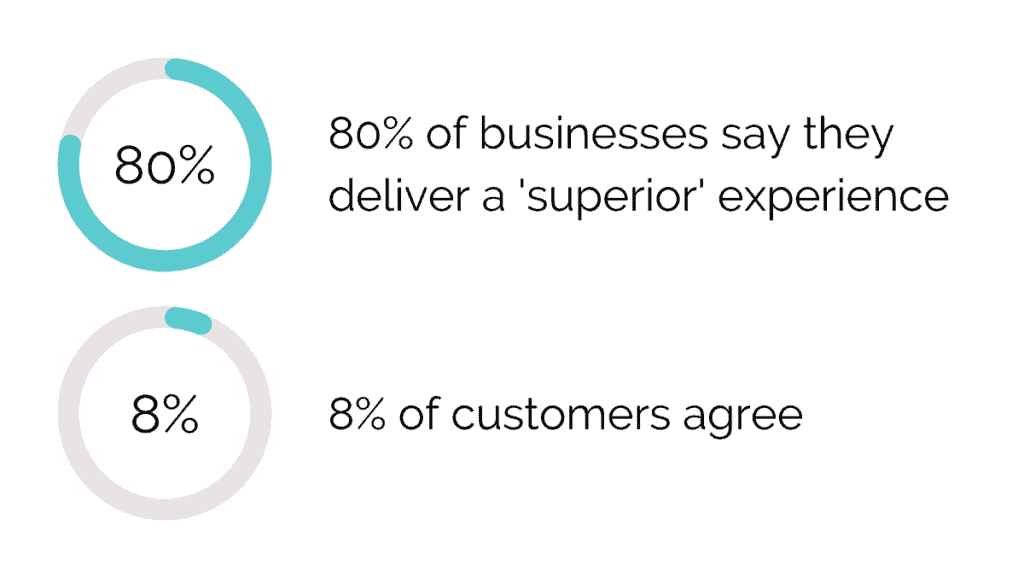
Agent selection
Different types of calls require different agent skill sets. Your automated outbound system must be able to decide which agent is the best person to handle each call.
For example, you can set up your system so that all tech support calls are handled by technical agents, while your sales team handles sales calls.
Push data to agents
Giving agents relevant data enables them to provide better support. Your automated outbound solutions should be able to identify contacts by matching their number with information in your CRM. You can then push relevant data to agents when it exists.
Your system also needs to be able to match calls to relevant agents. This could be based on the agent’s role, the language they speak, or their level of expertise.
Dialer logic
The best outbound calling tools allow you to set up complex dialer logic that suits your business needs.
Prioritization is one example, but it goes far beyond this. For example, what happens when the person you call doesn’t answer?
You need to be able to configure your dialer so it knows what to do when there is no answer.
This could be:
- Retrying the call
- Trying a different number associated with the account
- Using a different form of contact such as email
- Marking the ticket as complete.
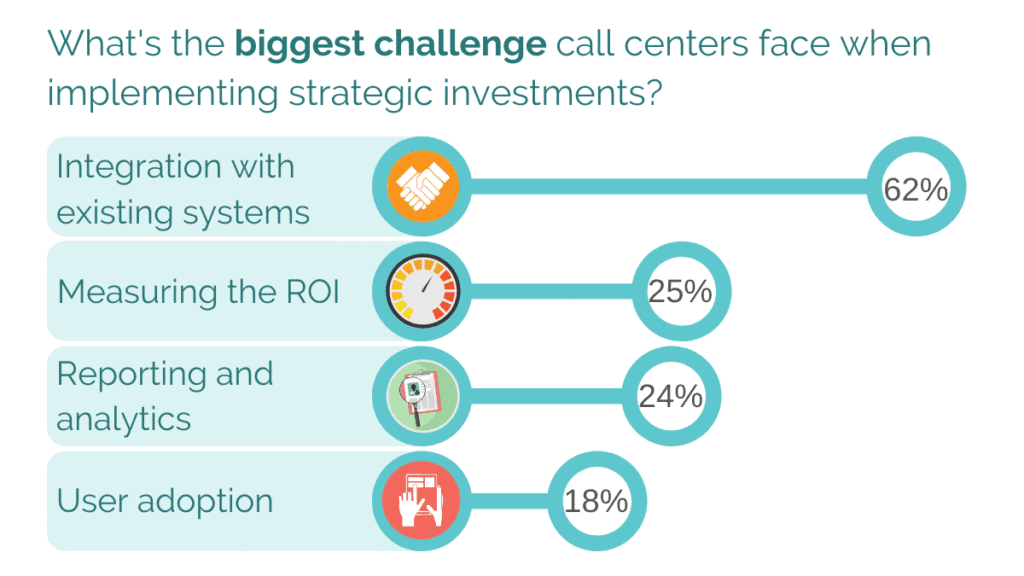
Outbound calling is essential for modern call centers
Outbound calling is a valuable service to offer. When done right, it can improve the customer experience and increase sales.
While organizing outbound calling was once time-consuming, automated outbound calling solutions to simplify the process and minimize the resources required.
All you need to do is choose a solution that best matches your needs.




